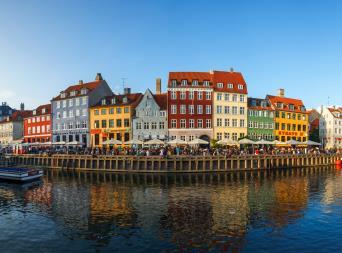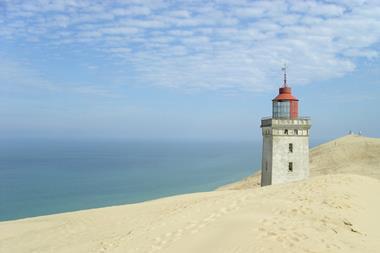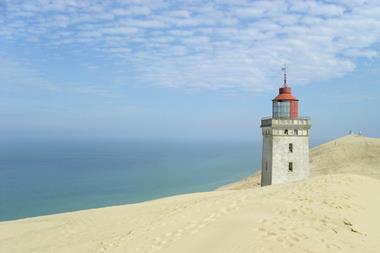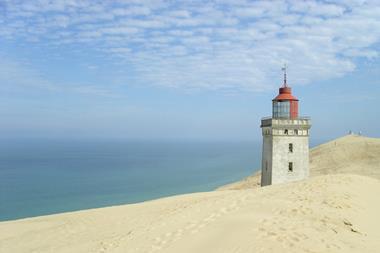Danish labour-market pension fund Industriens Pension has said it will press ahead with its strategy of overweighting equities and underweighting bonds despite suffering a 0.9% loss on domestic shares in the third quarter of this year.
Reporting financial results for the nine months between January and September, the fund – which covers workers in the industrial sector – said its overall return on investments in the period was DKK9.4bn (€1.26bn), equating to 8.2% before tax.
In the first half of the year, the return was high as a result of rising prices for both shares and bonds, Industriens Pension said, adding that, in September, financial markets had been hit by turbulence.
Overall, the investment return in the third quarter was just 1.4%, it said.
In the first half of the year, the pension fund’s holdings in Danish shares returned 19.8%, but in the third quarter they made a loss of 0.9%, according to the interim data.
Jan Østergaard, investment director at Industriens, said: “But this doesn’t change the fact Danish shares are still the asset class that has developed the most positively this year.”
Industriens was one of the country’s biggest investors in Danish businesses, he said.
Østergaard said there was still some uncertainty on the financial markets, but that the pension fund expected to see positive development in the global economy for the rest of the year and into 2015.
“For this reason, we will continue to invest with an overweight position in equities and an underweight position in government bonds,” he said.
Henrik Nøhr Poulsen, head of investments, said the fund had been adding to its equities investments in the first nine months of the year, achieving this by buying into some of the market corrections that had happened – including the dip that occurred in October.
“We have also continued building up our alternatives, and that is a two-leg strategy, through funds and private equity,” he told IPE.
Pension contributions increased during the reporting period due to the improved job situation for industrial workers in Denmark, the pension fund said, without giving figures.
Industriens’ total assets rose to DKK124bn at the end of September from DKK116bn at the end of December 2013.
Meanwhile, PKA reported that the alternative investments it has added to the portfolio over the last few years outpaced its overall investment return in the first nine months of this year, generating 13.4%.
In interim financial figures released today, PKA – which runs three labour-market pension funds in the social and healthcare sectors – said the overall return was DKK15.4bn, or 8.5%.
Returns were positive in all asset classes between January and September, it said, attributing the high level of overall return to falling interest rates in the period.
Peter Damgaard Jensen, PKA’s managing director, said: “In the last five years, PKA has had an average annual return of 10% at the same time as having increased the spread of risk.”
This is due, not least, to the fund’s alternative investment holdings, which it will continue to focus on in future, he said.
“The results show that the shift away from equities to alternatives has succeeded,” Damgaard Jensen said.
PKA said it had focused on alternative investments that gave a reasonable, stable return with relatively low risk, which also helped address climate challenges.
Bonds and other interest-bearing assets generated a return of 13.8% in the nine-month period, mainly due to falling interest rates and investments in Southern Europe, PKA said.
Listed shares and private equity funds returned 7.6% and 12% respectively, it said.











No comments yet